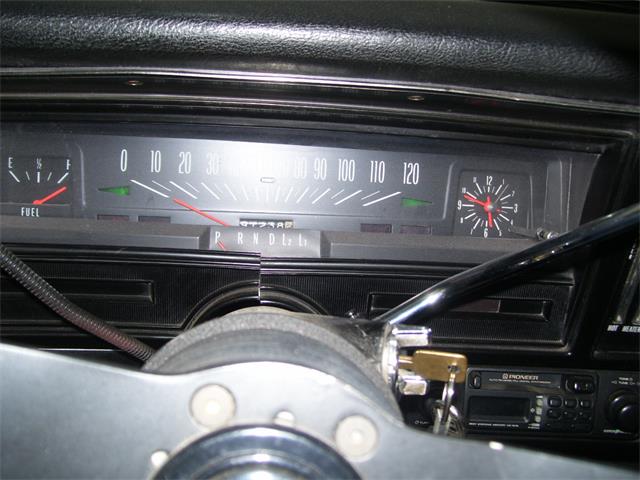

A good choice would be something around 224 degrees at 0.050-inch tappet lift with around 0.540-inch lift, and plan on reusing the stock hydraulic roller lifters and factory retaining assembly. Next, dial in a performance hydraulic roller cam. Add a gasket set (make sure and get the one-piece oil pan gasket) and a new oil pump, and the short-block is ready. Do a simple ring-and-bearing rebuild on the short-block and the forged pistons to make sure the engine is well sealed up. We'll assume the engine is in good shape. Yank an '88 5.0L motor out of a boneyard Mustang GT and discard the EFI manifold. Let's play out a low-budget 5.0L engine scenario here. Another solution would be to run a 1.6:1 rocker ratio with a reduced lobe lift cam to accomplish more valve lift. These eliminate the problem but are also much more expensive than OE replacement lifters. This is why Crane created a long-travel hydraulic roller lifter that will allow you to run a high-lift hydraulic roller cam with the stock lifter configuration. In checking a few cam catalogs, it is possible to order a hydraulic roller camshaft with enough lobe lift (in excess of 0.354 inch) to create this situation, so just be careful. This allows the lifter to spin in the bore and destroy the camshaft. According to Crane's Director of Valvetrain Research and Development, Mark Campbell, valve lifts of more than 0.530 inch at the valve with a 1.5:1 rocker can allow the lifter to fall deep enough into the lifter bore (because of the lobe's small base circle) that the steel retainer can lose its grip on the lifter body. Roller WarningOne area where you must be careful with production-based small-block Chevy hydraulic roller lifters is with high-lift camshafts. So follow along as we point the way toward budget-building a hydraulic roller cam valvetrain using common sense instead of cubic dollars. While it's true that aftermarket hydraulic roller cams are more expensive than their flat-tappet cousins, by not having to purchase the lifters the overall price may actually be less expensive.

This means that the yards are full of serviceable hydraulic roller lifters that can be obtained for pennies, leaving you more money to spend on camshafts, pushrods, and maybe a set of roller rockers. Because roller lifters don't slide and generate a wear pattern, you can reuse those factory lifters on a brand-new cam and no one will accuse you of being a roller bonehead. But happily, there's no such restriction when it comes to hydraulic roller components. If you've been reading the car magazines for a few years, then you've no doubt heard that you should not reuse old flat-tappet lifters and especially not with a new cam. The key to a successful hydraulic roller cam conversion is knowing what parts to use and which ones to avoid.


 0 kommentar(er)
0 kommentar(er)
